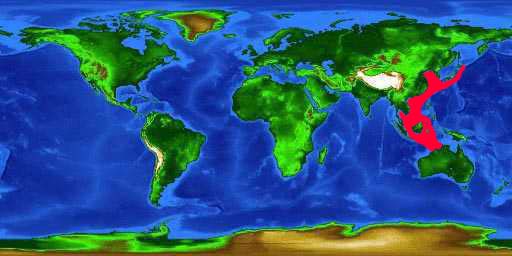
Habitat
The environment in which the percula clownfish (Amphiprion percula) lives relies heavily on where certain sea anemones can live. Clownfish are considered anemone fish, which form a symbiotic relationship with sea anemones. Anemones contain nematocysts at their tentacles’ ends making them stinging anemones. This stinging ability provides the clownfish with protection and safety from predators. Most fish tend to avoid anemones, but if a fish dare to chase a clownfish into one, it is most certainly asking for pain or even death (Boyer).
What does the fish do for the anemone?
In return, the clownfish helps keep the anemone clean, chases away unwanted predators which feed on anemones, as well as feed the anemone (Fautin 1991). The fish helps feed the anemone through any food it drops and doesn’t consume itself, but also by its waste. The clownfish’s waste is considered food for the anemone (Boyer).
Where do these organisms live?
The locations of where these sea anemones live are largely limited to shallow waters due to their need to photosynthesize. “Both symbionts reside in shallow coastal waters of the tropics where depth rarely exceeds 12 meters and water temperature ranges from 25-28 degrees C.” (Randall 1997). Both of these requirements are met in the "Southwestern Pacific region, including Northern Queensland, New Guinea, New Britain, New Ireland, Solomon Islands, and Vanuatu" (Carpenter 2001). This makes this an ideal location for them to live. For the most part, clownfish are not migratory, meaning once they find a host anemone, they will rarely leave for a different anemone. The anemone chosen by a given clownfish is a judgment call made by the fish. The main factor taken into consideration is how crowded the present anemone already is with clownfish. If a clown were to try and enter an anemone which is too crowded, it will most likely be chased away and not welcomed by the fish already present (Boyer).

